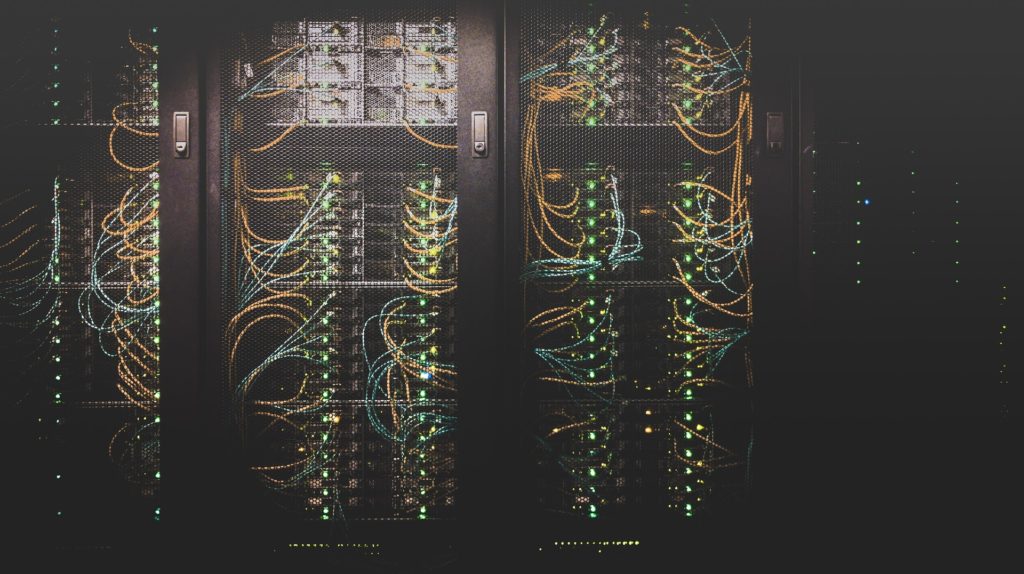Best Network Security
Right Turn Security provide best services to secure network configuration and testing services on the organization’s network infrastructure to identify and resolve a range of security vulnerabilities inside their hardware and system configuration. Exploiting the vulnerability can allow an attacker to gain unauthorized access to a network of the organisation.
Infrastructure Protection
The Infrastructure Protection solution provided by our company help organisations to easily discover what’s on the network, what devices are being used and by whom and what configurations those devices are running.
Sensitive Data Protection
Securing sensitive information of our client is our main priority. We have professionals who have years of experience in using proactive approach on client's sensitive information
Threat Containment
During any cyber threat on companies, our company focus on providing complete availability of all the company resources. Our professionals have ability to quickly identify and quarantine information leaking vulnerable devices
Network Testing Training
Introduces the conceptual framework of hardware and physical layers within a computer and common vulnerabilities and threats- Regular Practical Sessions
- UK Certified training Syllabus
- UK Certified Trainers
- Job Training
- Professional Report Writing
Most common threats to network
- Distributed Denial of Service attacks (DDoS)
- Malware Threats
- Spyware
- Botnets
- Trojan Horses

Basic Recommendations
Perform coding with least privileges which are needed to execute the code. Make Separate user account with less privilege to perform specific tasks. With this way, an attacker cannot get complete access to the system after the attack for example, on a regular day to day functions database applications not often run as database administrator privileges. Network of the system need to be hardened by SSCTL settings.
Centralize and wrap the functionalities which need additional privileges, like access to privileged OS resources. Isolate the functionality code as much as possible from other code. In any case, try to increase the privileges as late as possible to avoid further attacks. Exploits such as authentication bypass and unprotected alternate channels can be avoided by securing all possible communication channels that possibly interact with the privileged code
The system need to be designed to validate extensive input which is required for any privileged code that must be exposed to the user and anything which not fit in strict requirements should be rejected.
In the case of dropping privileges, the root privileges inside the system are dropped to prevent unauthorized access. It is implemented to split all different roles provided to the root user. for example, binding to a low port, open network sockets or loading a kernel. The administrator needs to be careful with dropping privilege to avoid vulnerability like improper checking for dropped privileges. The protection mechanisms need to be stronger to validate privilege-dropping calls
To make system security harder, admin should provide limited compiler access to the user. It should be accessible when needed. User system does not need compiler every time. Most of the attackers use the compiler to successfully build the exploit.
Admin can detect the attack by hardening the authentication process. Strong authentication can halt intrusion. The administrator can perform these measures by configuring the systems. Extended authentication prevents different attacks, in which attacker intercepts user credentials and use it to perform malicious activities.
